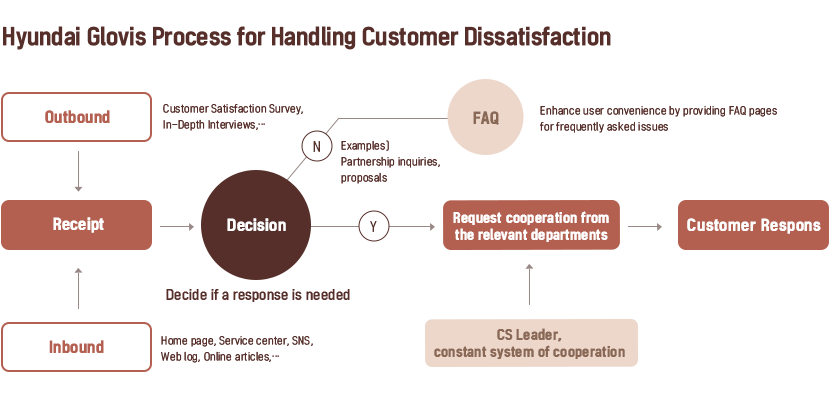Often, customers don’t report issues back to a company when they encounter problems. So when customers do dissatisfaction, it results in an opportunity not only to resolve their problems, but also to genuinely help the company. It is important to regard such feedback as a valuable gift from a customer. Corporations that fail to resolve issues related to customer dissatisfaction will not survive in the long term. Therefore, it is critical to resolve dissatisfaction by proactively reaching out to the customer and to collect and analyze their negative feedback. This feedback can be used as an opportunity for improvement. In this article, we will learn why customer dissatisfaction are important to us, and how they are driving our organization’s growth.
Identify the underlying need behind customer dissatisfaction
There is always a hidden message in a customer dissatisfaction. If you understand that, you will be able to find the opportunities for improvement. So, are what these hidden messages? Customers are real users who actually experience the service. When a customer reports an issue while using the service, it is generally linked to an area where improvements are in fact necessary. From the company’s viewpoint, this offers a chance to expose issues from the perspective of an actual user, including the inconveniences they are experiencing. It also means that the customer is interested in actively using the service. Therefore, when the company makes the effort to earnestly reflect the opinions of dissatisfied customers and resolve their dissatisfaction, those individuals often become loyal customers. By accurately identifying the customer’s needs and meeting those needs, it is possible for the company to develop and to perform better.
Ways to resolve customer dissatisfaction that can lead to a better performance
When a Netflix user posted on Twitter about an error while using the service, the global OTT company’s CS team promptly responded and helped to resolve the issue. Netflix not only resolved the problem, but also explained in detail how to deal with future errors. This strengthened its customer loyalty. As another example, when a Spotify customer couldn’t find the song that he wanted to listen to, the Customer Support team of the global music platform responded quickly and resolved the dissatisfaction. Later, the team delivered a touching message to the customer using the song’s title, which tactfully resolved the situation. These two cases have several characteristics in common. Company employees dealt with the dissatisfaction promptly and the customer’s feelings were considered in a thoughtful manner through emotional marketing that moved them. Furthermore, both cases resulted in strengthened customer loyalty. If we can respond properly to dissatisfied customers in a similar way, it can lead to an improved corporate performance. Thus, how should you deal with dissatisfied customers in a way that can lead to improved performance? As these two cases demonstrate, the most important thing is to deal with the issue promptly. When a customer gives feedback about a service, or if there is an inconvenience that needs to be resolved, it is best to deal with the problem as soon as possible. If the solution requires time, the customer should be informed about exactly how long they can expect to wait. The next factor is being mindful of the customer’s feelings. When you speak with them express empathy, and restore their trust and engagement with the company by following up on the issue thoroughly. When a customer’s feedback is properly resolved in this way, the customer dissatisfaction will turn into an improved company performance.
Writer Editorial Department
2022.07.07










